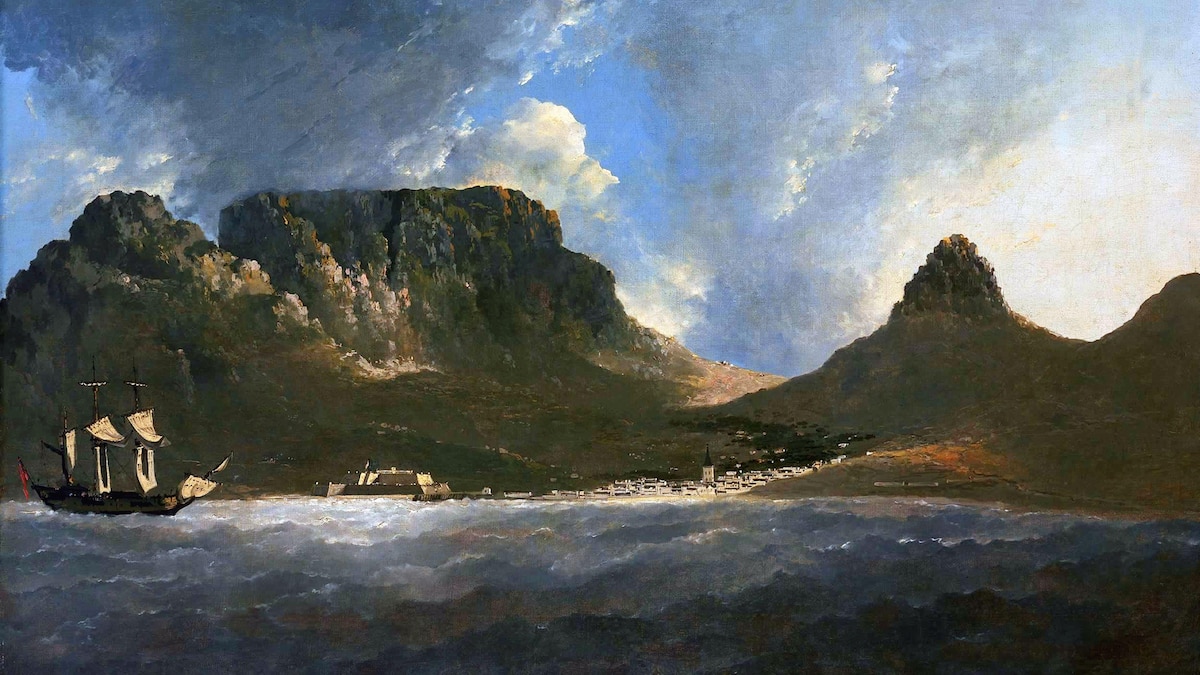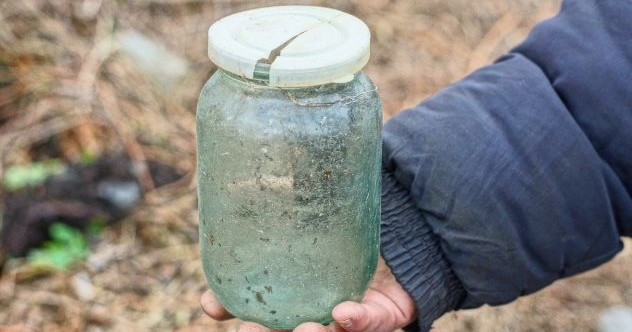Now Reading: Unearthing an 18th-Century Shipwreck: A Stark Reminder of the Slave Trade’s Dark Legacy
-
01
Unearthing an 18th-Century Shipwreck: A Stark Reminder of the Slave Trade’s Dark Legacy
Unearthing an 18th-Century Shipwreck: A Stark Reminder of the Slave Trade’s Dark Legacy

### Fast Summary
– The Portuguese slave ship *São José Paquete d’Africa*, carrying 512 enslaved Mozambicans, sank near Cape Town, South Africa on December 27, 1794 during a storm.
– Approximately half of the enslaved individuals were rescued and sold into slavery in South Africa; 212 souls drowned in the incident.
– The surviving captives were treated as “salvaged cargo” by the crew seeking to recover financial losses from the voyage.
– The initial loss was largely forgotten until rediscovery efforts began in 2011 by underwater archaeologist Jaco Boshoff tied to archival research.
– In 2014, the remains of *São José* became the first identified wreck of a slave ship known to be carrying kidnapped peopel when it sank. Artifacts like iron ballast bars and shackles confirmed its identity.
– This discovery is part of broader efforts by initiatives such as the Slave Wrecks Project (launched in 2008) aimed at locating and preserving archaeological remains tied to transatlantic enslavement histories.
#### broader Context:
– over nearly four centuries,more than 12 million africans were forced into migration via ships during transatlantic slavery-close to two million perished en route. Few slave trade shipwrecks have been located or preserved despite an estimated thousand incidents globally.
– Efforts are underway worldwide-including contributions from Mozambique-dedicated not purely memorial worldspot artifacts – but integration relationally attending wounded historic-geographical-social narrative clarity e systemic owngevity alongside new NOW territories-injustice clarity moments/actions impulses catalysitable.
:



























